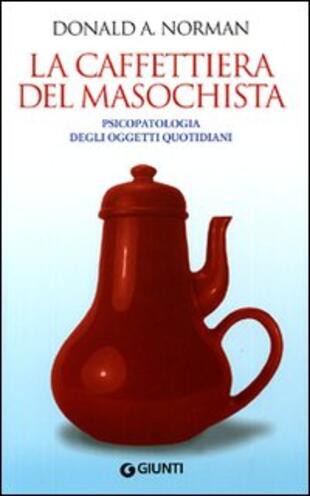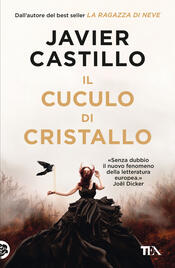

Sinossi
A chi non à mai capitato di spingere una porta invece di tirarla o di rinunciare a lavarsi le mani perché non riesce ad azionare il rubinetto? In questi casi la sensazione di incapacità personale è molto forte: eppure, sostiene Norman, la colpa non è dell'utente, bensì di chi ha progettato questi oggetti d'uso comune senza considerare le normali attività mentali la cui conoscenza è essenziale per la progettazione di un ambiente ben organizzato e rispondente alle esigenze della mente. L'autore nel corso del libro passa in rassegna un gran numero di oggetti, accompagnando l'analisi del design con aneddoti e analizzando atti mancati, errori piccoli e grandi, incidenti, dimostrando che il responsabile è il design che induce ad errore.
- ISBN:
- Casa Editrice:
- Pagine: 320
- Data di uscita: 24-06-2009
Recensioni
A praising of human creativity and problem-solving skills, shown on so normal and average examples one could never imagine that their history is so suspenseful. Gosh, I didn´t know that there was such a huge bunch of other disciplines involved in the creation of everyday objects and how much scientif Leggi tutto
After reading this you will never look at any man-made object the same. You will question everything from doors to tea kettles to the most sophisticated computer program. The next time you fumble with an answering machine, web page, or light switch you will think back to the lessons from this book.
For a book that a lot of people rave about as being a 'bible of usability', I have to say it was one of the worst written and designed books I have ever been unfortunate enough to read.
Too general to be valuable. Too many sentences like this: "Each discipline has a different perspective of the relative importance of the many factors that make up a product."
This took me FOREVER to read - but it isn't the book's fault. It was me just picking it up at odd moments & it giving me a lot to think about each time. I don't design every day things, so had absolutely no need to read this book, but found it extremely interesting. If you have any part in designin
This was written in a decade before authors learned how to write stimulating non-fiction.
This book has several very important ideas: * Even if you aren't professional designer, you still use design everywhere in your life, including how you design your house, your resume, a report, some code, etc. * Design is all about focusing on people's needs and abilities. You may think you know what Leggi tutto
This book is more for knowledge than for enjoyment. The writing is rather dry and textbook-like with many abstract/theoretical concepts and ideas. I feel like taking a short course in design, which is still quite helpful. Nevertheless, I was expecting more of "smart" designs, more fun and strange an Leggi tutto
Jeff Garzik gave me a copy of this back when he was building the Linux network stack in Home Park; I'd seen it praised by a few other people by that time as well (via the GT newsgroups, most likely). I was underwhelmed -- there were a few good case analyses (the oven UI I recall being particularly e Leggi tutto
Citazioni
Al momento non ci sono citazioni, inserisci tu la prima!























